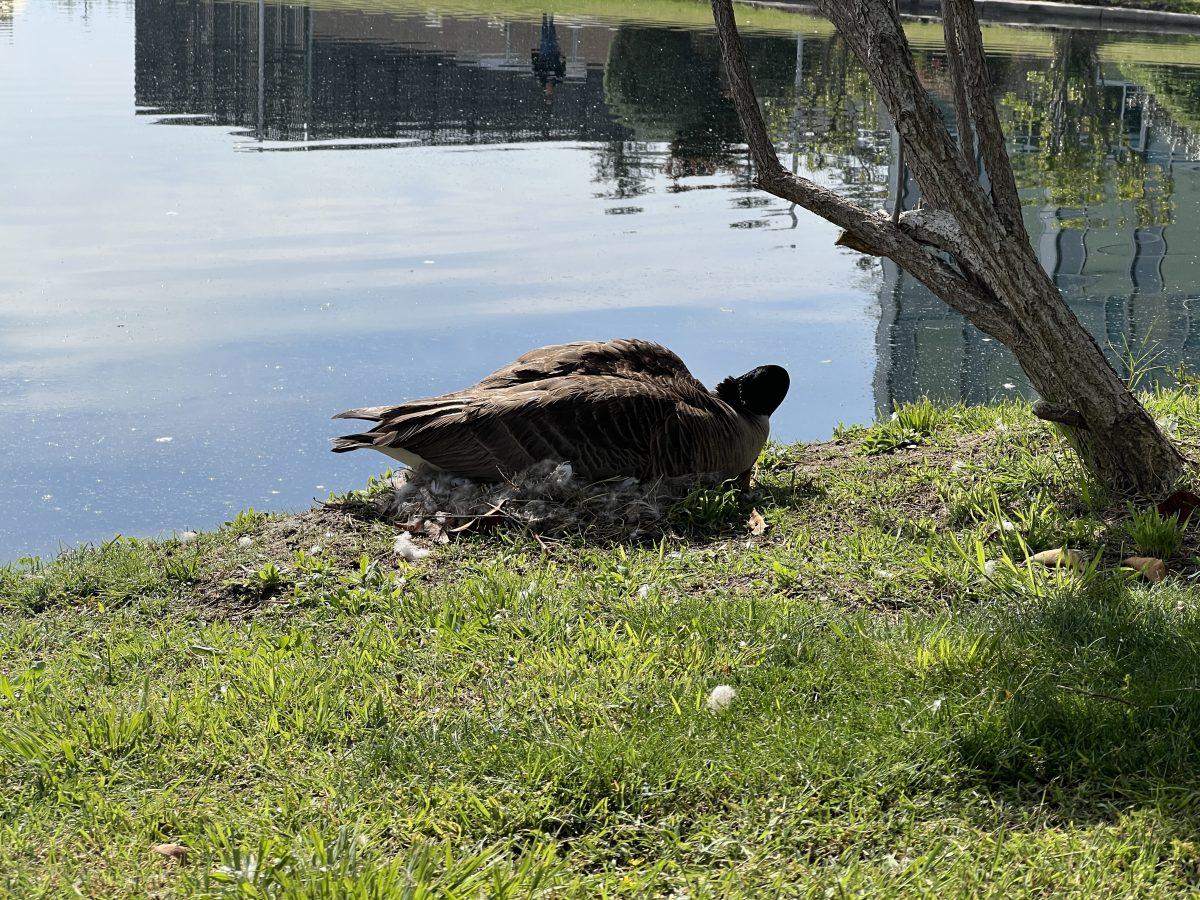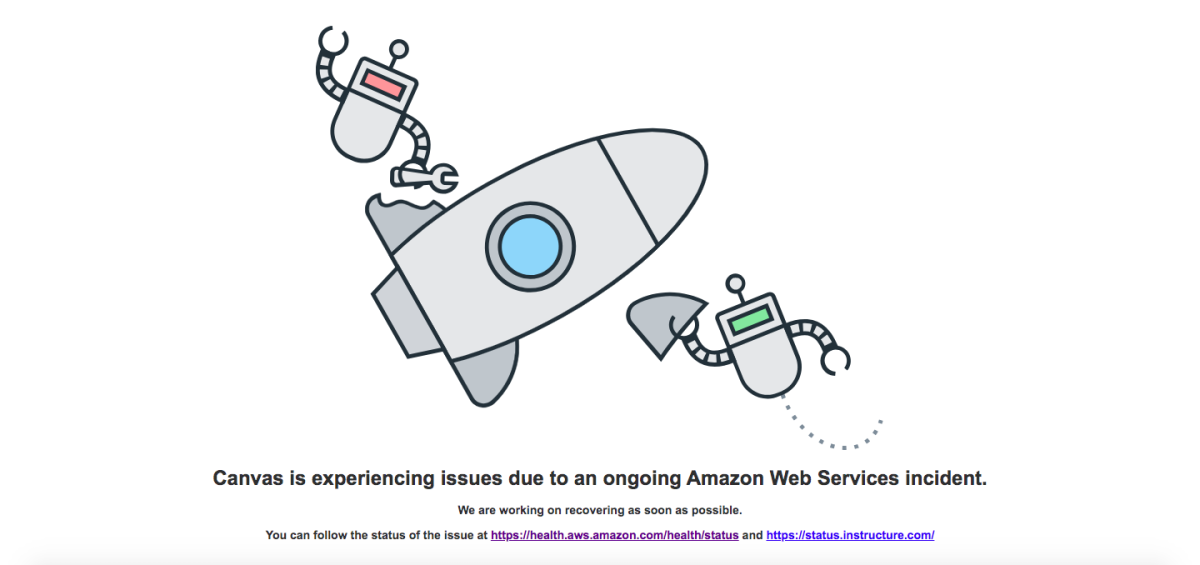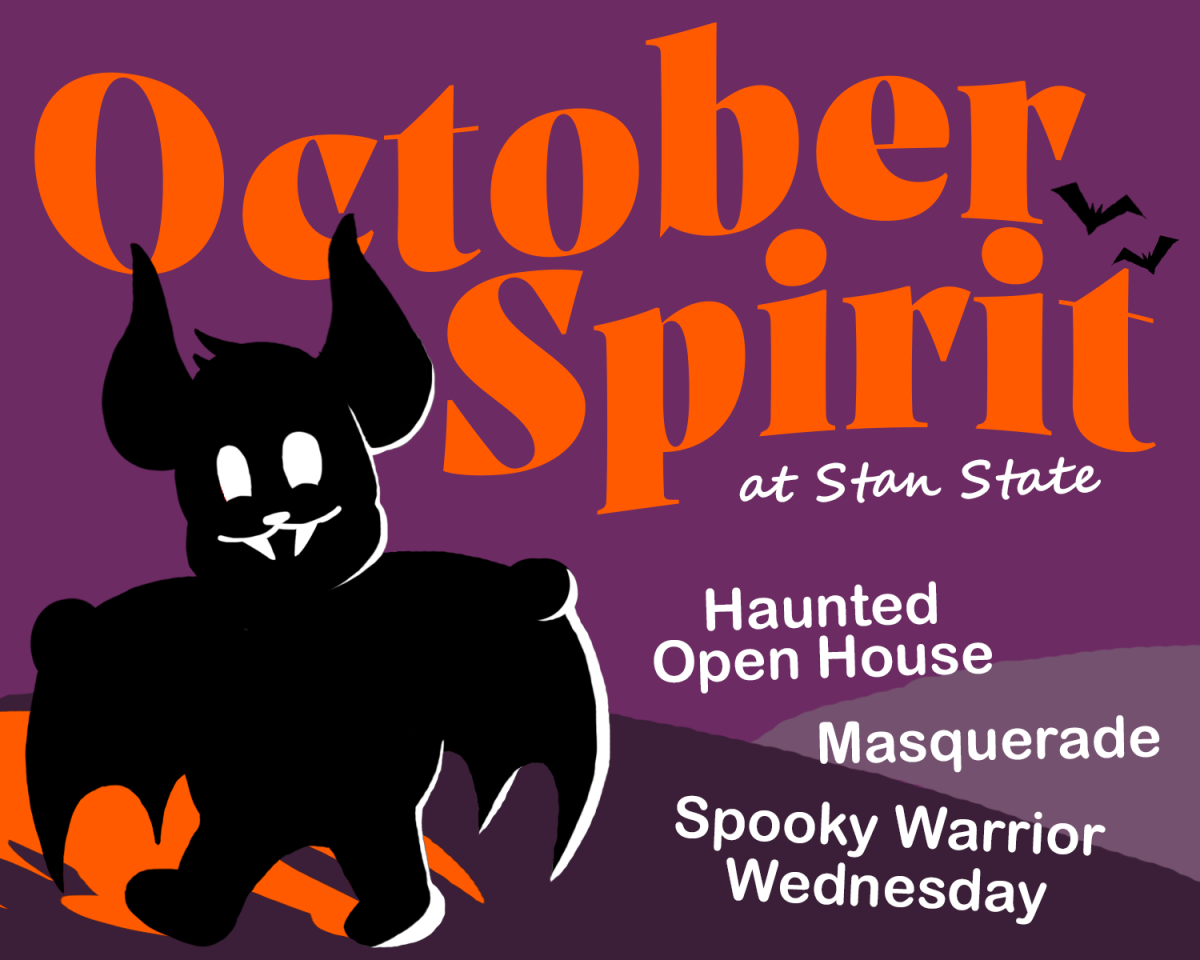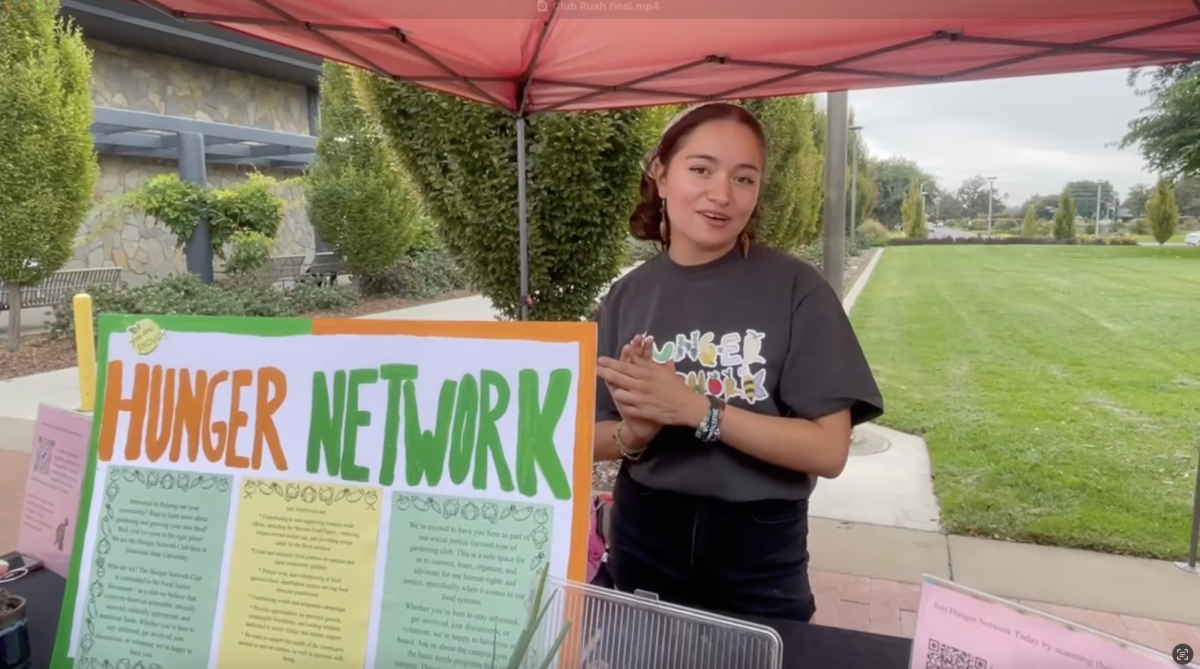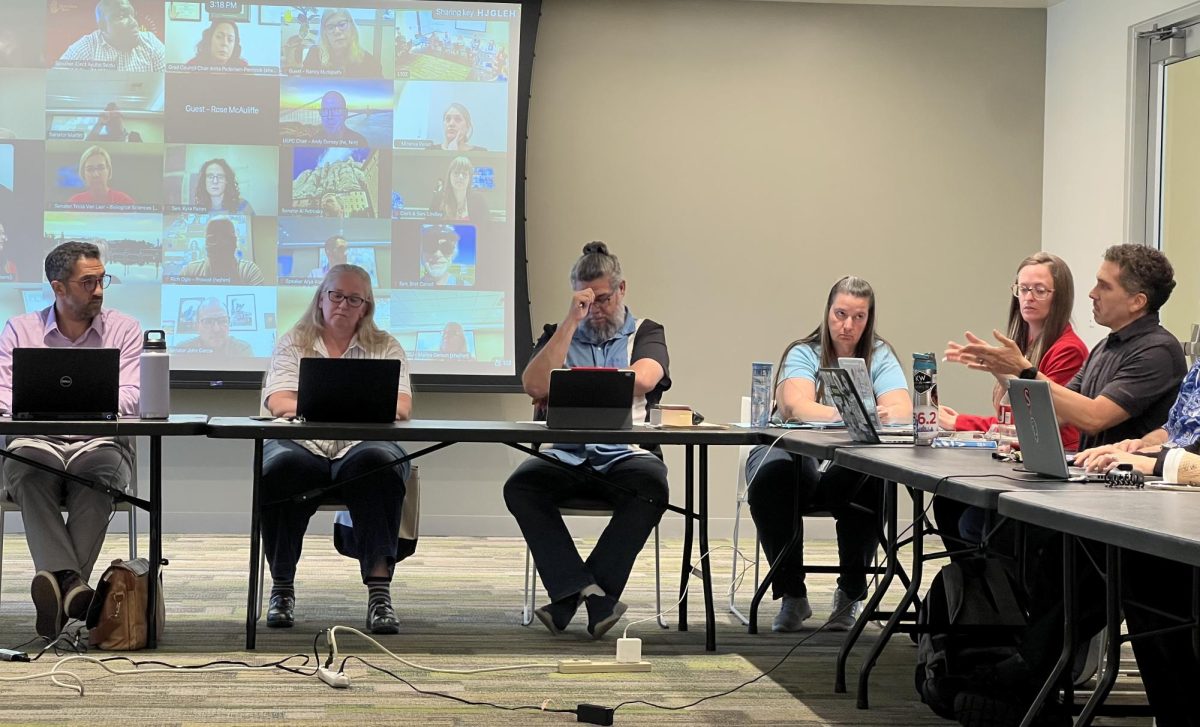CSU Stanislaus is springing new life with new life as the local wildlife has began laying the eggs of the next generation.
Over the last few weeks, goslings and ducklings have been hatching from their shells and acclimating to the campus culture.
More recently, the reptilian members of Stan State’s wildlife are also bringing new life into the world. One member in particular, a turtle, chose a peculiar spot near an art building garbage can.
Luckily, members of the Stan State community found her and alerted the proper channels so she could be moved to a safer location.
“I was concerned that it was a little too close to the parking lot and the trash can, and a little too close to where people walk by,” said Conrad Genest (Creative Media, Senior).
Genest’s instructor, Jessica Gomula-Kruzic, a professor of Art, requested a facilities member, who relocated the turtle before she could lay any eggs.
“…When I realized what the turtle was doing, I thought it was both really amazing that she was making a nest and laying these eggs,” Gomula-Kruzic said, “I also thought it was really terrible because she chose this location that was right next to a trash can in a highly trafficked area.”
A clip of the gravid turtle nestled into the dirt on Stan State’s campus. (Video courtesy of Conrad Genest)
“I wanted to make sure that the facilities were called,” Gomula-Kruzic added, “So I called them and they were able to relocate her and find another turtle at the same time.”
Genest explained that facilities arrived with a 5-gallon bucket, placed the gravid turtle in it, and took it over to the gated area near the Naraghi Hall of Science to ensure its safety.
According to Victoria Sandow, a Wildlife Care Manager for Stanislaus Wildlife Care Center, the kinds of turtles that are known to be in the area usually look for muddy areas with some coverage when looking for an area to make a nest or lay eggs.
Sandow also stated that once the nest has eggs in it that it then becomes a protected area and the nest can no longer be removed, but there are ways to deter it from happening like removing the nest before it is completed.
If you happen to stumble across wildlife in the process of laying eggs, do not approach them and give them their space. You also should not give them food or water so they do not become dependent on humans to feed them.
If you see an animal that needs help contact Capital Planning and Facilities Management or the Stanislaus Wildlife Care Center.


